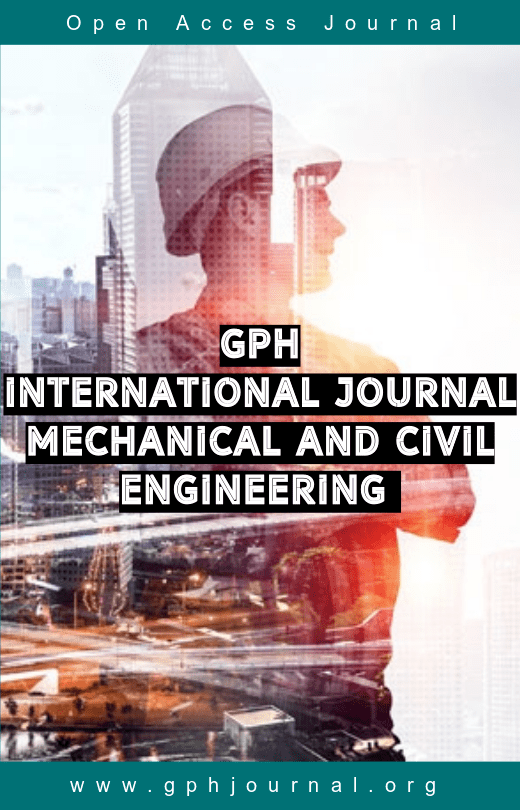UTILIZATION OF PLASTIC BOTTLE WASTE AS A BUILDING ENVELOPE
Abstract
Used plastic bottle waste contributes to the volume of waste in Samarinda City. This number of used plastic bottles is improperly disposed of every day which results in an accumulation of buildup in landfills, dumped into rivers, and burned. The research began by using plastic bottles as an alternative building material from an architectural point of view, as a thermal reducing envelope in buildings. This promotes the use of plastic bottles as an alternative building envelope material. The building envelope, secondary skin, with a modular eco cooler concept is implemented as a building protector. This study aims to improve indoor thermal comfort and support energy efficiency. The research method is carried out by simulating thermals in buildings with Ecotect and modular comparisons in finding optimal combinations, modular engineering, and implementing eco coolers. Meanwhile, climate data were taken from local climate data in SamarindaCity.The condition of the before-after results showed that the secondary shells with used plastic bottles showed a decrease in the amount of temperature and humidity, and an increase in the amount of wind speed. These results can contribute to improving indoor thermal comfort and energy-efficient building concepts. In addition, the research results can be implemented not only at the design stage but also for alternative building envelopes in Samarinda City. Finally, the opportunity for used plastic bottle materials can be developed in further research.
Downloads
References
M. M. S. Ahmed, A. K. Abel-rahman, A. H. H. Ali, M. Suzuki, and E. Resources, “Double Skin Façade : The state of art on Building Energy efficiency,” 4th International Conference on Clean and Green Energy, vol. 4, no. 1, 2015.
F. H. Abanda and L. Byers, “An investigation of the impact of building orientation on energy consumption in a domestic building using emerging BIM (Building Information Modelling),” Energy, vol. 97, pp. 517–527, 2016.
B. Talarosha, “MenciptakanKenyamanan Thermal DalamBangunan,” JurnalSIstemTeknikIndustri, vol. 6, no. 3, pp. 148–158, 2005.
Ansi/Ashrae, “ANSI/ASHRAE 55:2004 Thermal Environmental Conditions for Human Occupancy,” Ashrae, vol. 2004, p. 30, 2004.
G. F. Enric and P. Oscar, International Handbooks of Quality-of-Life Handbook of Environmental Psychology and Quality of Life.
P. Cooling and O. F. Buildings, No Title.
J. O. Waani, “Kenyamanantermalpadasebuahrumahadattradisionalgorontalo,” vol. 11, no. 1, pp. 55–65, 2014.
W. Choi, J. Joe, Y. Kwak, and J. H. Huh, “Operation and control strategies for multi-storey double skin facades during the heating season,” Energy and Buildings, vol. 49, pp. 454–465, 2012.
A. De Gracia, A. Castell, L. Navarro, E. Oró, and L. F. Cabeza, “Numerical modelling of ventilated facades: A review,” Renewable and Sustainable Energy Reviews, vol. 22, pp. 539–549, 2013.
Http://grey.com/apac, “Eco Cooler,” 2016.
Copyright (c) 2022 Wardhana

This work is licensed under a Creative Commons Attribution-NonCommercial-NoDerivatives 4.0 International License.
Author(s) and co-author(s) jointly and severally represent and warrant that the Article is original with the author(s) and does not infringe any copyright or violate any other right of any third parties, and that the Article has not been published elsewhere. Author(s) agree to the terms that the GPH Journal will have the full right to remove the published article on any misconduct found in the published article.




